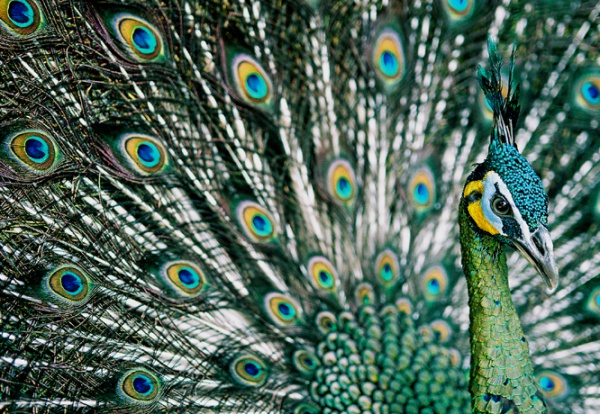Facts About Green peafowl
The green peafowl, native to Southeast Asia, is an endangered species primarily due to habitat loss and fragmentation. Unlike the more familiar Indian peafowl, male and female green peafowls appear quite similar, both exhibiting large bodies with iridescent green feathers and long, elegant tails. These birds are generally quieter than their Indian counterparts, although they have their own distinctive calls. They thrive in various forest environments and are capable of sustained flight.
First described by Linnaeus as Pavo muticus, green peafowls are further classified into three subspecies: the Java peafowl, the Indo-Chinese peafowl, and the Burmese peafowl. These birds nest on the ground and are known for their territorial behavior. Their diet includes fruits, invertebrates, and small animals.
The green peafowl faces significant threats from hunting, habitat destruction, and poaching, which have severely reduced their population. Although some protected areas exist, these measures haven't been sufficient to halt their decline. Another challenge is hybridization with Indian peafowls, which poses a risk to the genetic purity of the species.
Culturally, green peafowls hold a special place and have been featured in various artworks. Conservation efforts are ongoing, including reintroduction initiatives in certain regions. However, these efforts are complicated by issues like genetic mixing in captivity and difficulties in identifying subspecies. Historically significant in various cultures, the green peafowl remains an important symbol, particularly in countries like Myanmar.

 Egypt
Egypt